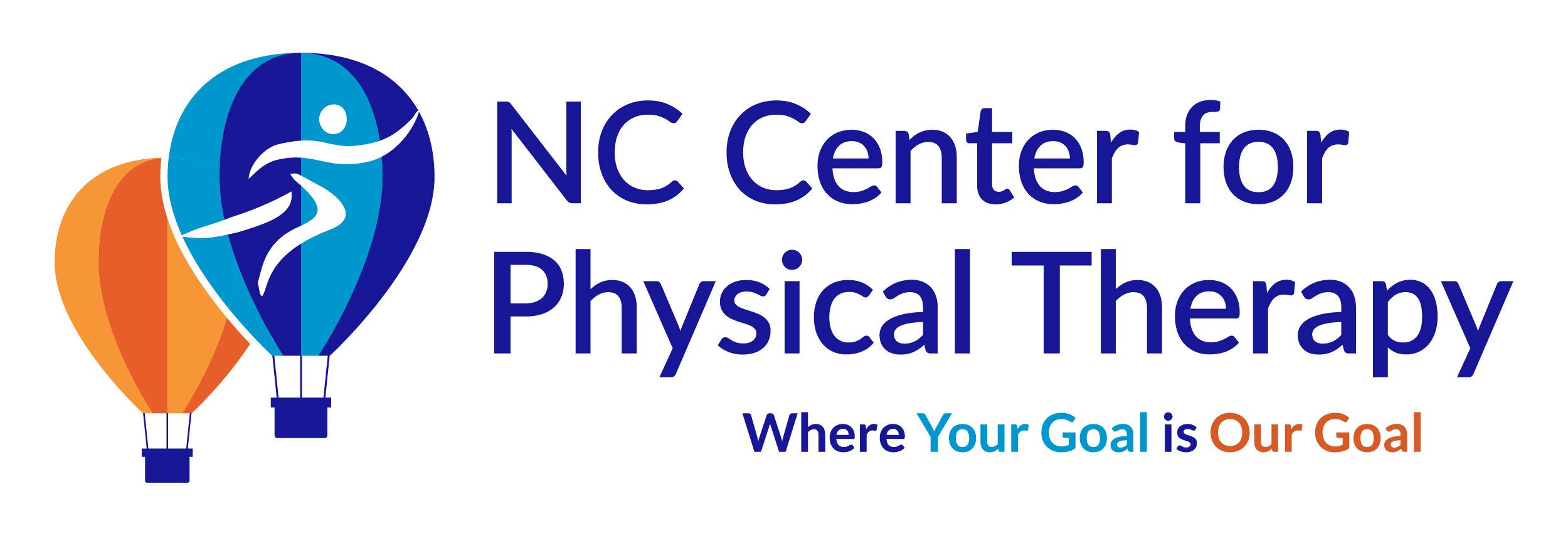What is VEStIBULAR therapy?
A vestibular therapy plan addresses vestibular disorders, which are conditions affecting the vestibular system, which is responsible for balance and spatial awareness. A vestibular therapy plan may consist of a variety of exercises and activities designed to improve balance, decrease dizziness and vertigo, and enhance overall function and quality of life. The potential advantages of vestibular therapy include enhanced balance and coordination, decreased dizziness and vertigo, increased mobility, enhanced quality of life, and non-invasive treatment. Balance and coordination improvements can help reduce the risk of falls and injuries, while reductions in dizziness and vertigo can improve daily functioning. Individuals with vestibular disorders can return to their normal activities and experience a higher quality of life if their mobility and quality of life are enhanced.
What is a vestibular Treatment plan?
A typical vestibular evaluation begins with a comprehensive look at all of your balance systems. From this information, the physical therapist will determine the treatment plan that is best for your needs. Some treatment plans last 1-2 visits, but other individuals require multiple weeks of therapy.
Call us for more information (919) 410-8840, or contact us online here.
Common Vestibular Disorders
Common disorders we see
Benign Paroxysmal Positional Vertigo (BPPV)
Vestibular Hypofunction or Weakness
Concussions
Cervicogenic Dizziness
General Balance Dysfunction
Common Questions
Is imbalance normal as we get older?
Although it is more common in older adults, balance dysfunction and dizziness are not considered a normal part of aging. A physical therapist can evaluate and identify weakness in one of the three balance systems. Physical therapy treatment can help the patient regain stability and decrease their risk for falls.
I think I have BPPV (the “crystals” are loose), do I just need the maneuver?
Some individuals with BPPV can be treated relatively quickly with one or two maneuvers, commonly known as the Epley maneuver. However, there are different types of BPPV that require different maneuvers or additional treatment. For this reason, it is always best that a patient come to the clinic for a full evaluation.
Do I need to see a doctor before coming to therapy?
As a physical therapist we are able to screen you appropriately for dizziness and balance disorders without seeing a physician first. Our evaluation involves not only testing for your balance systems, but also comprehensive screening to identify individuals who may need to seek specialty care from a physician. Most individuals who seek out a physician’s exam first are sent for physical therapy for treatment of their disorder. If you have questions, please call our office.

